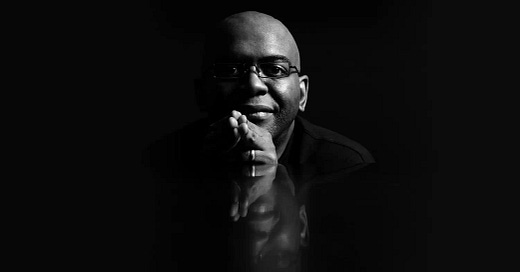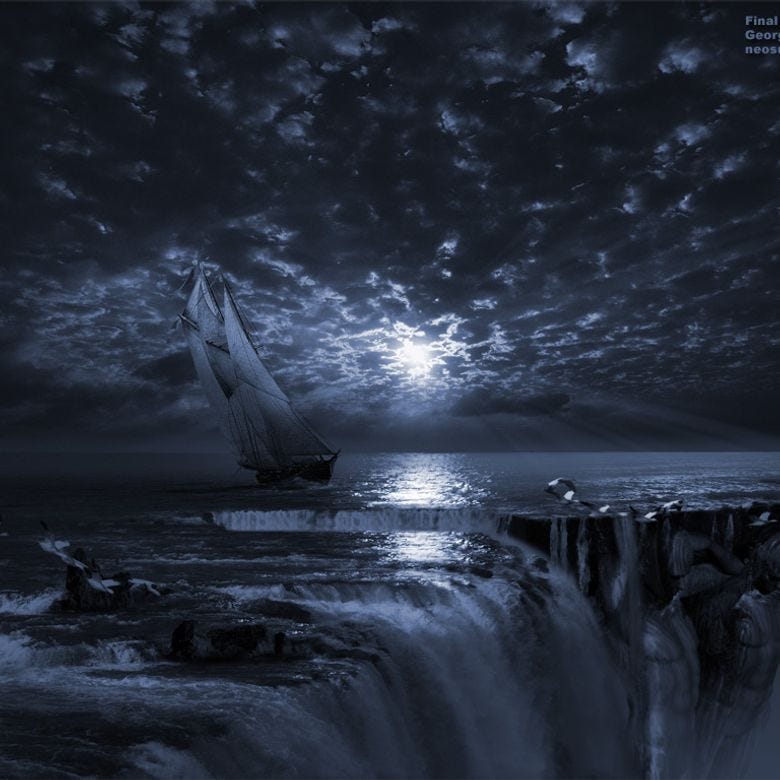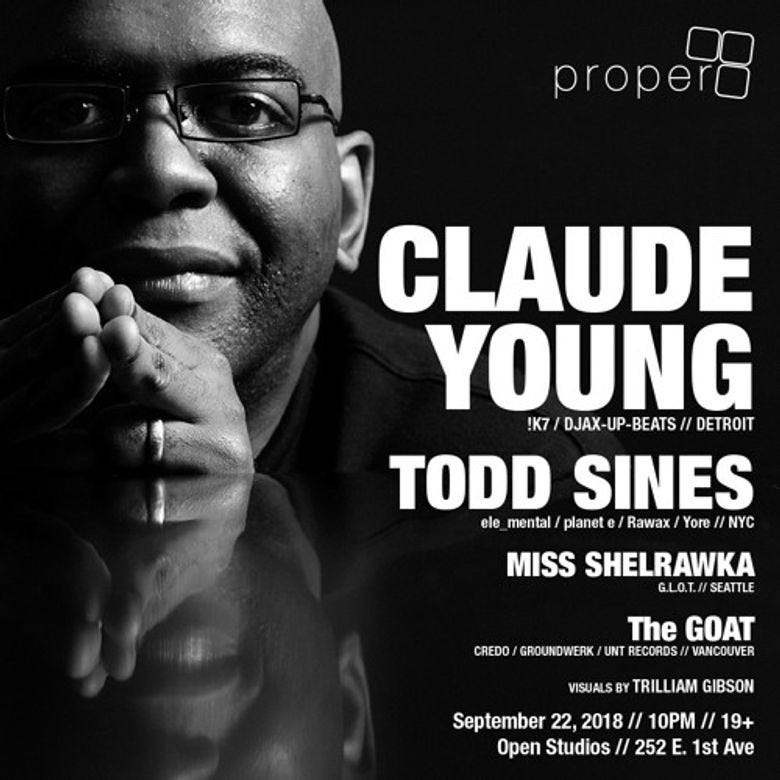BC038 - Five Mixes: Claude Young, 1996-2018
A sampling from the career of one of Detroit’s hands-down greatest DJs.
I’ve intended to do an overview of Claude Young’s DJ work for as long as this Substack has been around. Young is simply one of the most consistently ferocious Detroit DJs I know of, top two or three—high praise indeed. When the question of his retirement came up recently, that was prompt enough to get listening. You can start with any here; they’re chronological, as always. (No more encores, though—boo.)
Here are all five sets as a Mixcloud playlist.
Dexit Mix Tape (1996)
“So techy it becomes psychedelic—his specialty” is the one line I wrote about this set on a long-dead Tumblr onto which I put the odds and ends of my then-impending book on American rave. (I can still access it; a rescue effort is in slow progress.) It stands, but there’s a lot more going on here that one line can’t catch. It’s a very shapely mix, even more so, to my ear, than Young’s edition of DJ-Kicks that same year. A C90 tape being a bigger canvas than a 74-minute CD, and getting to play what you like versus being restricting to whatever you can license—each likely plays a role in that. But the Dexit tape hurtles, a runaway train nimbly navigating each hairpin turn. I also love how “The Bells” enters, almost exactly at the half-hour—it ambles in, taking its time, rather than being slam-banged into action the way Mills himself, not to mention others, often did it even from early on.
Motor, Detroit (2000)
Edit: This was originally listed as 1998; Joshua Glazer writes to correct it, noting that this was Young’s only appearance at Motor.
This one smokes: Young really shows off his turntable work here, and while the focus is techno, there’s a lot of disco shot through its veins, directly and indirectly. And it has documentary value. The first seven-plus minutes, it isn’t Young on the decks, but Magda, his opener that night at Motor, and as she finishes, Adriel Thornton gets on the microphone to announce the headliner, in effusive terms: “If there has never been a special night for me at Motor—”
Then, from the background, Claude: “Stop.”
Thornton: “Tonight is the one—”
Claude: “Stop.” Young doesn’t want to hear it; he wants to play.
Adriel goes on: “You do not understand that when I first started doing parties, when I first started to promote, several DJs stood by my side—”
Claude: “Yep.”
Adriel: “That were with me, and that spun at every party, that I did from number one. This is the first time that he has played at Motor, and I cannot even express to you all, or the world, how important this is to me. Therefore, I know that it is important to you.”
He follows this with a recollection of going to Young’s place, “A few blocks from mine, and he was spinning in his basement, on a beat-up turntable—”
Young, off-mike: “With nothing.”
Adriel: “—with nothing—”
Young: “Noth-ing.”
Adriel, triumphantly: “—but made something happen. . . . When you talk about the real Detroit deal—”
Young, laughing in flush: “You’re embarrassing me!” Maybe so, but it’s lovely to hear somebody give the guy his flowers anyway.
Fuse (November 4, 2000)
Flipping between the smeared blips and the leather-lunged vocals like two halves of the same coin, because duh, for three blessed hours. You will jack.
Dommune, Tokyo (May 16, 2010)
I grabbed this set and the next in part because I hoped to make a point about longevity. They do make that point, and also prove another—that you can dip almost anywhere into the Young mixography and come up with gold. In fact, this may be the best set here. It has the widest mood shifts, the most range—it’s two-and-a-half hours, and as usual he makes the most of a given space. There are surprises galore, and loads of savoir faire; not just plenty of Mills in several guises, but also dead-on airings of “Spastik” and “1999 (Tim Green Mix)” alike. If the entire room wasn’t in a good mood during this one then somebody damaged the water supply.
Open Studios, Vancouver, Canada (September 22, 2018)
Right off the bat, Young is doing some of his patented on-beat fader flickering, and following that is a virtual reset; the barest rhythm track, barely audible, for several bars before marching-band-style percussion gradually whooshes into the frame. That’s daring from anyone, but particularly that early on, and it pays off royally—it allows more flickering silences to set the right staticky tone for “Numbers,” for starters. That technique has always been a signature, and here especially it works in conversation with his selections, his call and response that achieves liftoff frequently. So do the selections themselves; P. Farrell over tribal drums (@ 22:00), or Mad Mike talking about himself being “the Ho Chi Minh of the underground” over “I Feel Love” (@ 1:15:00), or motherfucking “Peg.”





